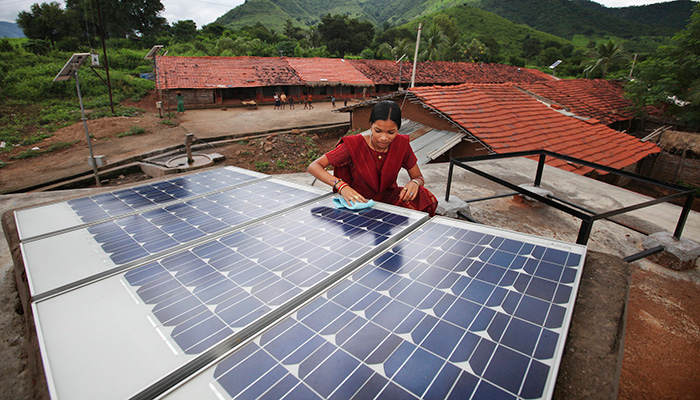Solar-panels,-India-©UK-Aid-DfID.jpg

Sida has guaranteed $155m worth of ADB's sovereign loans to India
Under the agreement, which was signed yesterday with the Swedish International Development Agency (Sida) and will run until 2026, Sida will guarantee up to $155m worth of ADB sovereign loans and take on unspecified risks from the bank.
ADB president, Takehiko Nakao, said the agreement was a “significant breakthrough” that will serve as a precedent for development banks looking to help their member countries meet the Sustainable Development Goals and those of the historic climate change agreement signed in Paris last December.
By improving the bank’s risk profile and reducing the capital that needs to be held in reserve to cover guaranteed loans, the bank said the agreement will free up capacity for additional operations.
The existing loan exposure of the ADB’s portfolio will be improved by replacing it with the AAA-rated exposure to Sweden, the bank said.
Sida has chosen a portfolio of ongoing ADB loans to India for the arrangement, which the bank noted reflects the “long-standing credibility of India as a borrower”.
“The guarantee provides a good return,” said Ulrika Modeer, Sweden’s secretary to the minister for international development cooperation and an ADB governor.
Through this, the bank gets an opportunity to increase its lending and “invest in innovative ideas in terms of poverty reduction, the environment and climate change”. At the same time, it offered Sweden a greater opportunity to support the bank’s work in this direction.
As humanitarian and development needs have continually far outpaced demand, the aid community has been calling for more innovative funding mechanisms that can leverage new sources of finance and optimise available resources.
These include risk transfer arrangements, as well as methods that attempt to bring in new private capital, such as development impact bonds.













